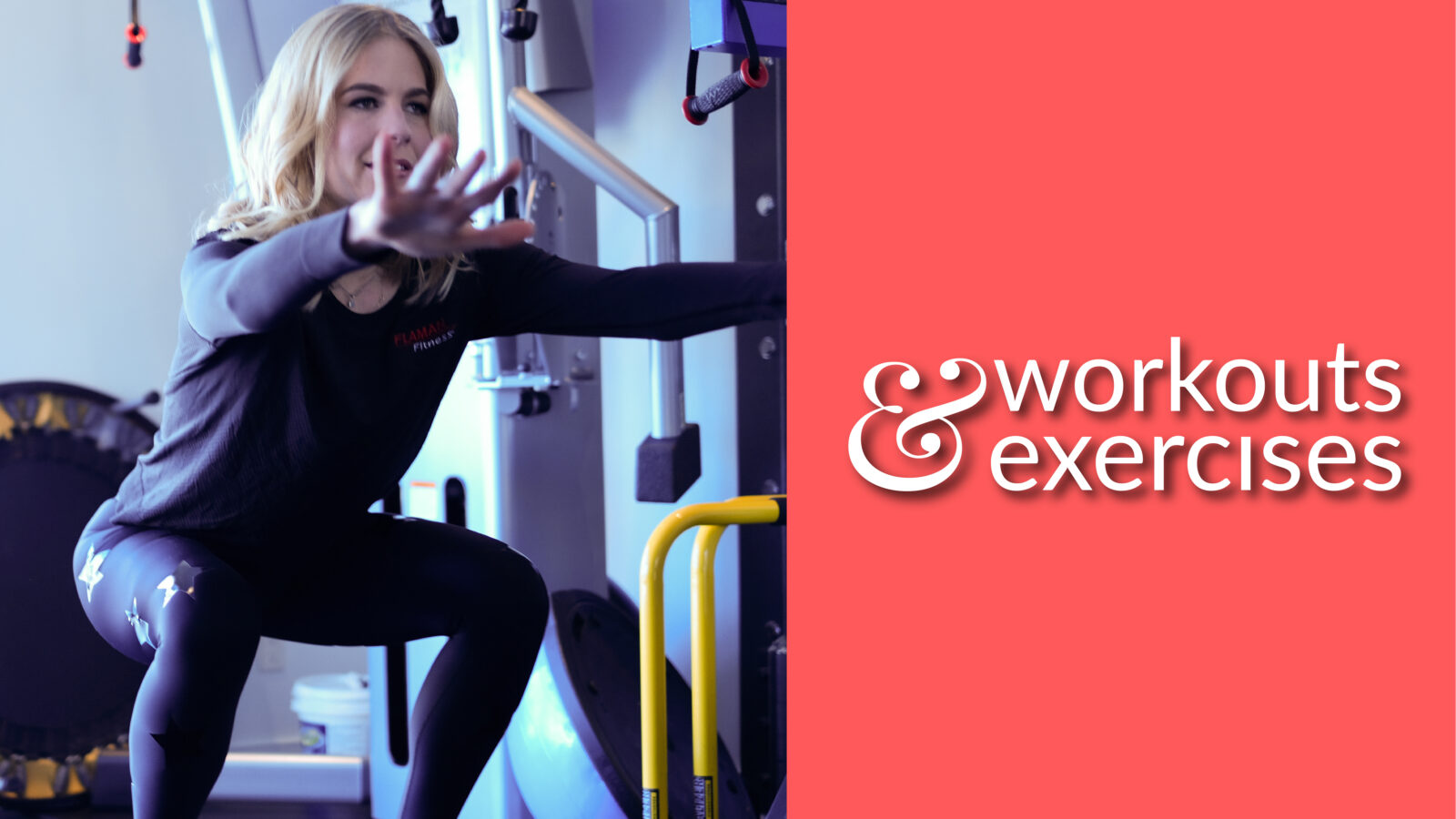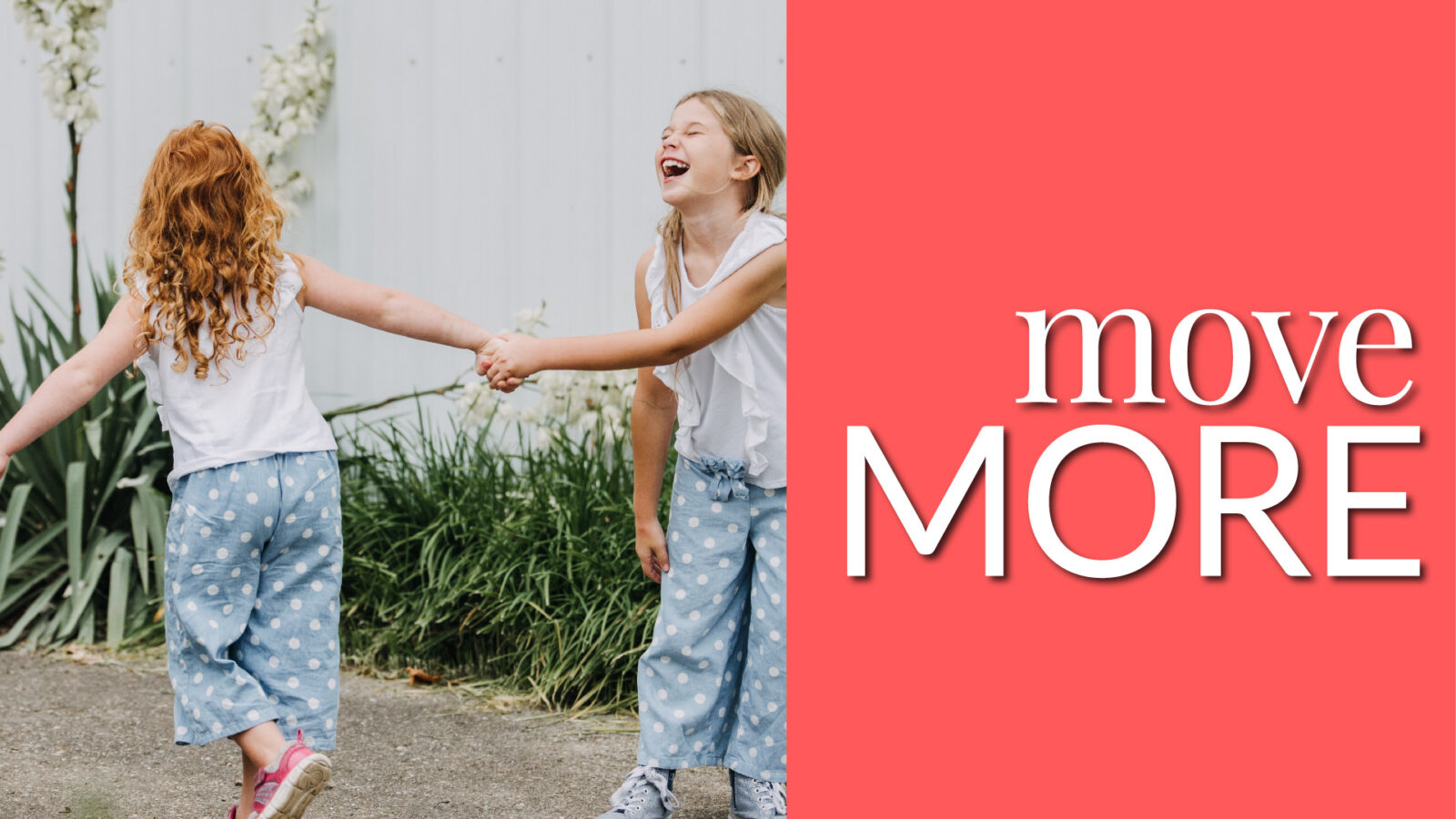Emotional Agility–By Susan David

A.K.A. How to let go of “dead people’s goals” and use emotions as “data” not directives!
By Susan David
Emotional Agility is a must-read and Susan David’s podcast Checking In is a must-listen. David is one of those thinkers who just gets in your head—in a good way! Currently, I am quoting her as often as I quote Brené Brown, Tim Ferriss, and Carol Dwek. If you know me, you know that is high praise—I love those three people!
The three “Davidisms” I have latched onto are “let go of dead people’s goals,” “courage is fear walking,” and “emotions are data not directives.”
1. Dead people’s goals
Stop wishing for a stress-free life. Stop wanting to be fearless. Stop trying to erase all problems. Stop wishing to never feel lonely or sad. Those are dead people’s goals. As David would say, do you really want the dead to be your role models? The only people who are not afraid, don’t feel hurt, don’t feel pain, don’t fight with loved ones, etc. are no longer with us.
It is impossible to abolish life realities such as fear and stress. Instead of wishing for a life devoid of stress, fear, sadness, etc., change your relationship to those emotions. Understand all emotions as data—data regarding your past and what you value. Non-judgmentally note all emotions. Then decide how to best proceed. If you are afraid of a big presentation at work that probably means you care about your work. Great. Feel the fear. Note it. Then, do the presentation anyway.
You don’t have to be fearless to act in ways that will make your future self proud. Enter possibly my favourite quote from David:
2. “Courage is not the absence of fear; it is fear walking”
Or to paraphrase Cus D’Amato, “the hero and the coward both feel the same emotions, they just take different actions.” Fear doesn’t have to dictate your behaviour. Fear is a survival mechanism. You can interrupt and say, “Thank you, brain, for wanting to keep me alive, but I’ve got this.”
Embrace that you can feel an emotion without being that emotion. You can feel fear without being a fearful person. You can feel fearful in a moment and still act. Emotions pass. Just because you feel one thing once doesn’t mean you are married to be that kind of person forever. Plus, when you act in opposition to your fear you teach your brain a new reality, a new emotion. You teach your brain to feel proud, to feel courageous, to feel strong.
3. Think data, not directives
No emotion is “bad” or “good.” All emotions are simply data. Even uncomfortable emotions—fear, anger, sadness, etc.—have a purpose. They help us understand what is important to us.
When we feel something, David encourages us to pause and ask “What the funk?”
“What the funk” is code for “What is the function of this emotion? What is the purpose of this emotion?” If you feel sad, what does the sadness tell you? Think of each emotion as a flashing arrow pointing you toward the people you love and the life you want to live. For example, if you feel guilty about not spending time with a family member (maybe your mom), use that guilt as data to understand what you value. Then make appropriate behavioural choices. Maybe feeling badly about not seeing your mom means you should phone her. Maybe it means you should visit. Or maybe it is showing you that you have poor boundaries with your mom—that since you want a healthier relationship with your own daughter your next emotional mission is to work toward a healthier relationship with your mom so you can be free to have a healthier relationship with your own daughter. All emotions need to be acknowledged, but the behaviour doesn’t have to flow automatically from any emotion. The emotion is data, not a directive.
“Data, not directives” is one of my new favourite lines with clients because it helps me reinforce one of my Kathleenisms: health is emotional and brain management. Health requires the skill of not letting momentary urges derail long-term progress. Too often, our in-the-moment cravings are in opposition to what serves us long term. To be healthy we need to learn how to understand, manage, and productively use our thoughts and emotions. No one can sustainably live a healthier lifestyle until they have built the skill of pausing to objectively evaluate their emotions so they can make choices that are in alignment with their values.
For example, Tuesday night you vow to work out Wednesday morning and stay away from sweets all day. When you wake up, all you want in life is to keep sleeping and by Wednesday afternoon you crave sugar. Your in-the-moment desires and emotions are in opposition to your health goals. The trick is to have systems set up so you don’t use those emotions as directives to skip your workout or binge on sugar.
To ensure you actually get yourself out of bed and skip the sugar you have to create accountability systems (a fitness friend, a dog that need to be walked, weight watchers support group, etc.) and develop self-talk that will get you past your momentary desires. For example, you could say to yourself, “Get up. You feel tired but that is because you are still half asleep. Your future self will be happy if you move.” Or “You are frustrated with your boss. You are feeling underappreciated. The sugar will not help. You will feel better if you go for a walk.” Health requires fostering the skill of honouring how you feel in the moment while not using the feeling as a directive.
What the fork is “emotional agility”?
Now, you might be thinking “These Davidisms are great, but what the fork is emotional agility anyway?” Fair question!
Emotional agility is the ability to make choices in the moment that align with core values. It revolves around the skill of creating space between stimulus and response. Emotional agility allows us to pause and parse what we are feeling in the now and then distinguish “the now” from emotional triggers lingering from childhood—to understand what we are actually feeling and to use that knowledge as data instead of assuming an emotion is a directive to behave in a certain way.
Think of emotional agility as the ability to put your emotions in the context of the present—to react to the here and now.
Emotional agility won’t make you a perfect person who never feels shame or insecurity, or who never says the wrong thing. Perfect doesn’t exist. Emotional agility will allow you to come to terms with your emotions, to calm down, to be flexible, to act in line with your values, to achieve goals, to be aware and at peace—it will enhance your ability to foster and enjoy relationships.
The opposite of agility is emotional rigidity. What is emotional rigidity? Think “emotional autopilot.” When you are emotionally rigid, you react in stuck, unaware ways that keep you locked in habitual habits of mind and body; you are “hooked” into self-defeating stories and emotional patterns.
So, how do you build emotional agility?
1. Embrace that building emotional agility is a process.
You will not become emotionally agile overnight. Building the skill of agility is not a one-time pass/fail event. You get more emotionally agile slowly. You trend positive. The goal is to gradually build emotional agility by consistently “showing up” for yourself.
How do you “show up”? You show up by facing your thoughts and fears. You embrace that thoughts are not facts. You learn to non-judgementally observe your thoughts, to “step out” from your thoughts and emotions and thus see them for what they are … just thoughts. This objectivity allows you to identify difficult feelings and find productive ways to handle them.
The more emotionally agile you are the more you can become sensitive to context. The more sensitive to context you are the more you will be able to react to the now vs reacting to emotional triggers. When you feel yourself being “wound” by a thought, ask yourself “Self, who is in charge here? The thinker or the observer?”
See yourself as a chessboard filled with possibility vs a single chess piece confined to predetermined moves.
This objectivity allows you to “unhook” from thoughts, memories, and narratives that are no longer serving you, that are keeping you stuck.
2. To become emotionally agile, you have to “unhook.” To unhook you have to decipher your “flavour” of hook.
Make becoming “unhooked” a daily practice. Two popular flavour of hooks are “thought planning” and the “monkey mind.”
Flavour #1: Thought planning
With thought planning the speaker blames the thought for his or her action or lack of action. The individual behaves in certain ways because of their thoughts regarding what will happen. By acting in that way, the individual reproduces the thought.
“I thought she was being aloof, so I stopped talking to her.” By not speaking, the individual didn’t allow themselves the opportunity to make a smart point.
“I thought I would sound stupid, so I didn’t speak.” By not talking to his or her co-worker the co-worker thinks he or she is aloof and thus stays distant.
Flavour #2: The monkey mind
Think “internal chatter box.” Think a “buzzing” mind. When you lean in to your monkey mind your anticipatory thoughts plan future interactions and conversations. For example, we forecast an argument with our spouse, imagine the worst-case scenario, catastrophize, etc. This “spinning” doesn’t give the brain the neutral space needed to find creative, less catastrophic options. The monkey mind is obsessed by the pull of the future and the push of the past and thus tends to create the world it is most afraid of.
3. To become emotionally agile you have to identify your
Notice the emphasis on “your.” Values are yours. They are freely chosen, intrinsically motivated, and connected to your “why.” They are not the should’s of life. They are also not finite—they are not a “goal.” Values are ongoing. They are not imposed on you. They guide you vs constrain you. They are active, not static. They allow you to get closer to how you want to live your life.
Questions that can help you find your values:
- What matters to me deep down?
- What relationships do I want to build?
- What situations make me feel most vital?
- What are the areas that people consistently ask me questions about?
- What do I want my life to be about?
- If all stress was suddenly gone, what would be my life?
- As I look back on today, what did I do that was actually worth my time?
- If this were my last day on earth, how would I act to make it a great day?
A value is not inherently right or wrong; it is right or wrong relative to how you want to live your life. Values are connected to what matters to you. When you know what you care about, you can be free of what you don’t care about.
Once you identify your values, ask yourself “What does this value look like on me?”
For example, if you decide (which I hope you will) that you value your health, ask yourself, “How do I have to act to live my values?” Let your values dictate how you choose your life. Think of every health choice as a chance to celebrate that you have the power to become the distinctive person that you want to be, an opportunity to become the person you want to become. “Have to” goals might work for short term, but “intrinsic desires” and “want to” goals that connect to values keep you motivated in the long term.
Related to health, this means finding goals that are connected to your values so that your health choices are not forced from the outside but inspired from the inside. When you are making the choice to drink water and exercise from the inside—from your values—it will be easier to access the grit and willpower needed to make these choices habitual.
4. To become emotionally agile, aim to find your “seesaw.”
Work to find your “sweet spot”—your see-saw—the spot that allows you to feel challenged enough to be excited and invested in life, but not so challenged that you are paralyzed by fear. Be comfortable enough to progress forward, but challenged enough to feel excited. As David would say, work to be “whelmed” but not “overwhelmed.”
Finding this sweet spot—cultivating the ability to be slightly whelmed—is critical for health. Health requires adaptation, and adapting requires tolerating enough stimuli that your body and brain are forced to evolve. Learn to tolerate slight discomfort.
What kind of health goals do you have?
Are they too far along the discomfort continuum to be realistic? Or are they not challenging enough to be inspiring? Are you too competent or too bored to move forward? If you are too comfortable (if you stay with that one core exercise you have done your entire life) you will never evolve. Find a balance between challenge and comfort. Expand what you do, your breadth of activity. Try a new sport or a new machine at the gym. Or expand how well you do something. For example, stick with running, but go deeper—maybe train for a marathon.
Choose courage over comfort.
Live at the end of your ability, but not on such a high diving board that you can’t jump.
Also, mindfully choose to take on the challenges that speak to you. Make the stress, fear, challenge of a new activity worth it—match your chosen challenges to your values and life ambitions.
Conclusion
You are a work in progress.
Cultivating emotional agility (which, in turn, provides the tools needed to sustain long-term health) is not a “one and done” endeavour. You have to show up for yourself day in and day out. Learn from your experiences. Gain awareness and acceptance. Let go of “perfect.” Perfection is not possible and is one dimensional; it’s boring. You are human. Let go of dead people’s goals. Love your humanity. Show up and face your desires. You (mostly) can’t choose your desires, but you can choose your behaviour. If you crave a cigarette or sweets, don’t berate yourself, just find ways to acknowledge the desire and make choices you will be proud of. A satisfying and successful life is determined by how well we can live with and learn from our own flaws and dark sides. Radically accept who you are and your past and present demons. Then act in ways that connect to your values.
Thrive in your own lane. Work to be the best version of you that you can be instead of a desperately striving, lesser version of someone else.












